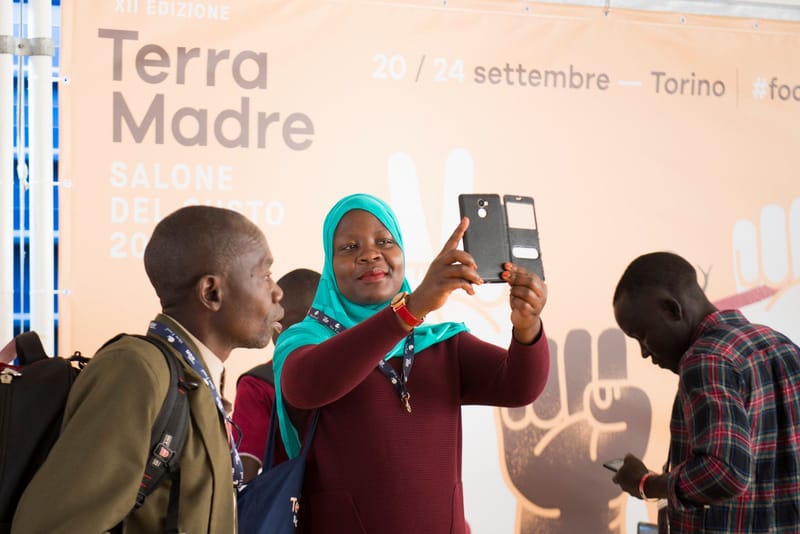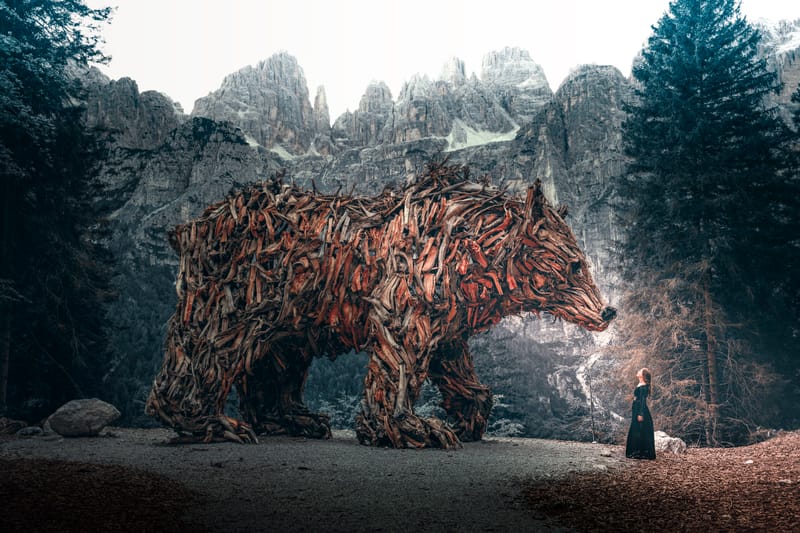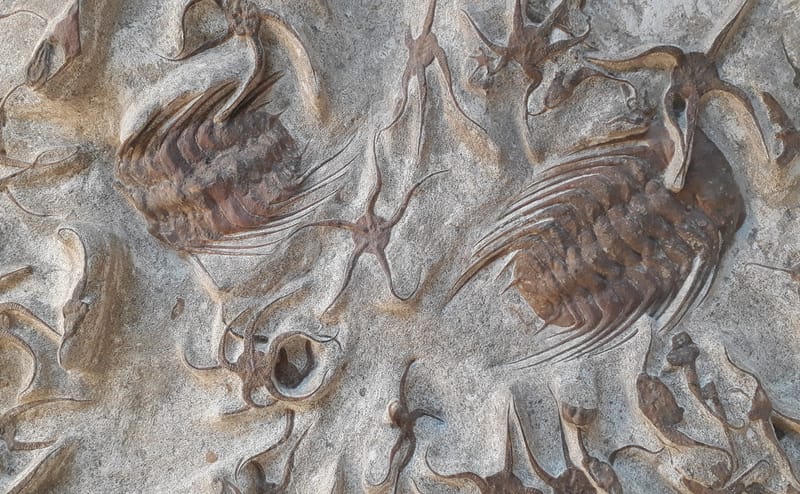"The Gods Return," St. Casciano bronzes on display at the Archaeological Museum of Naples
A journey through the centuries to discover the hot-water landscape between the Etruscans and Romans in the territory of the ancient Etruscan city-state of Chiusi: February 16 to June 30, 2024 is scheduled at the National Archaeological Museum in Naples.
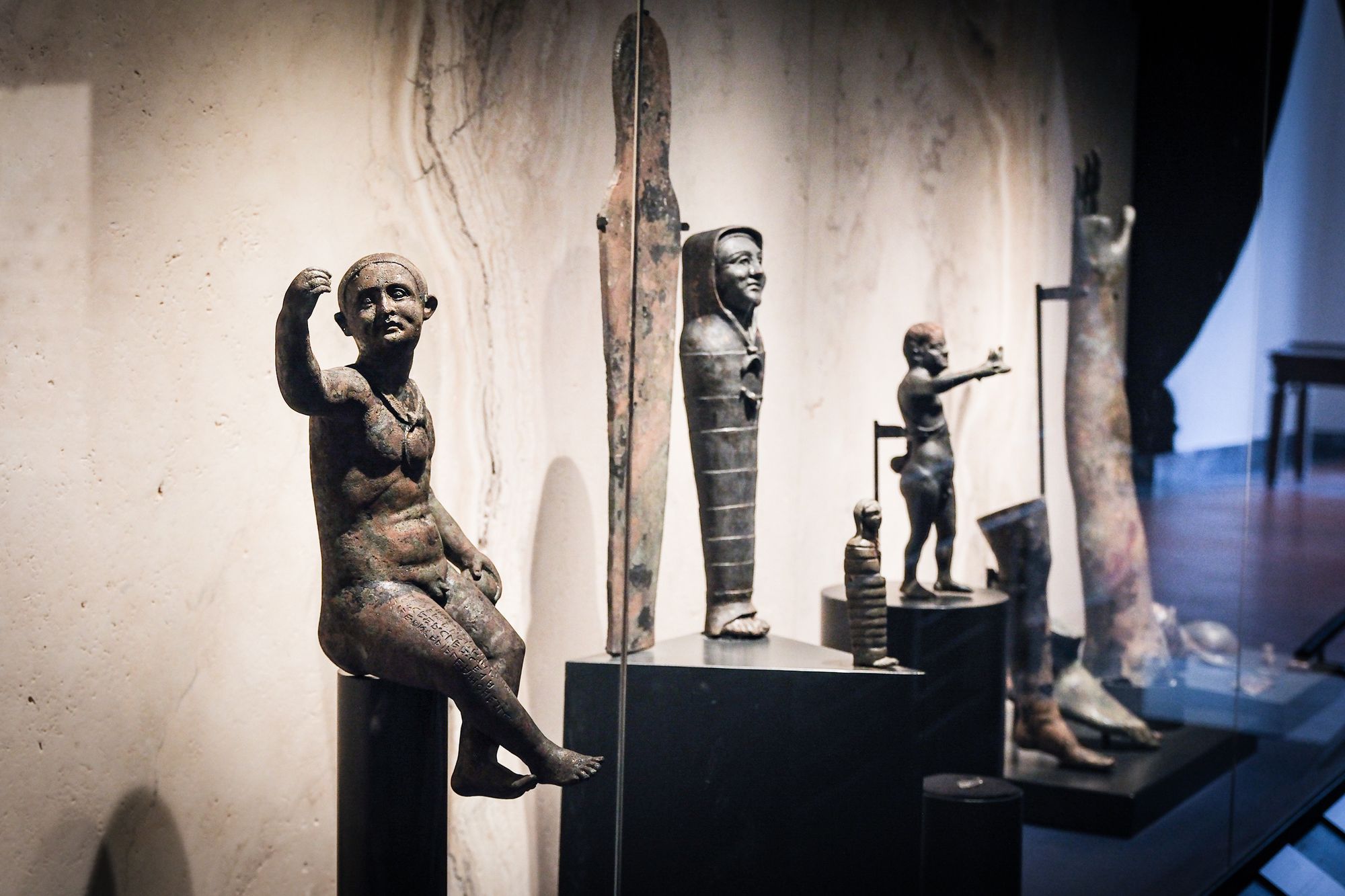
A journey through the centuries to discover the hot water landscape between the Etruscans and Romans in the territory of the ancient Etruscan city-state of Chiusi: from February 16 to June 30, 2024, the exhibition "The Gods Return. The Bronzes of San Casciano," which presents to the public the extraordinary findings made in the summer of 2022 and the new findings that came to light in 2023 in the Etruscan and Roman bath sanctuary of Bagno Grande in San Casciano dei Bagni.
From the Bronze Age to the Imperial Age, the great tradition of bronze productions in this area of Etruria is recounted in a richly evocative itinerary: just as the hot water of the hot springs swirls and becomes travertine, so the visitor discovers how bronze offerings meet hot water, not only in San Casciano dei Bagni, but also in a multitude of sacred places in the area. More than twenty statues and figurines, thousands of bronze coins and anatomical votive offerings tell a story of devotion, cults and rituals in sacred places where thermal water was also used for therapeutic purposes. The exceptional state of preservation of the statues has made it possible to hand down long inscriptions in Etruscan and Latin that yield new data on the relationship between the Etruscans and Romans, the cults at the hot springs, and the deities worshipped here.
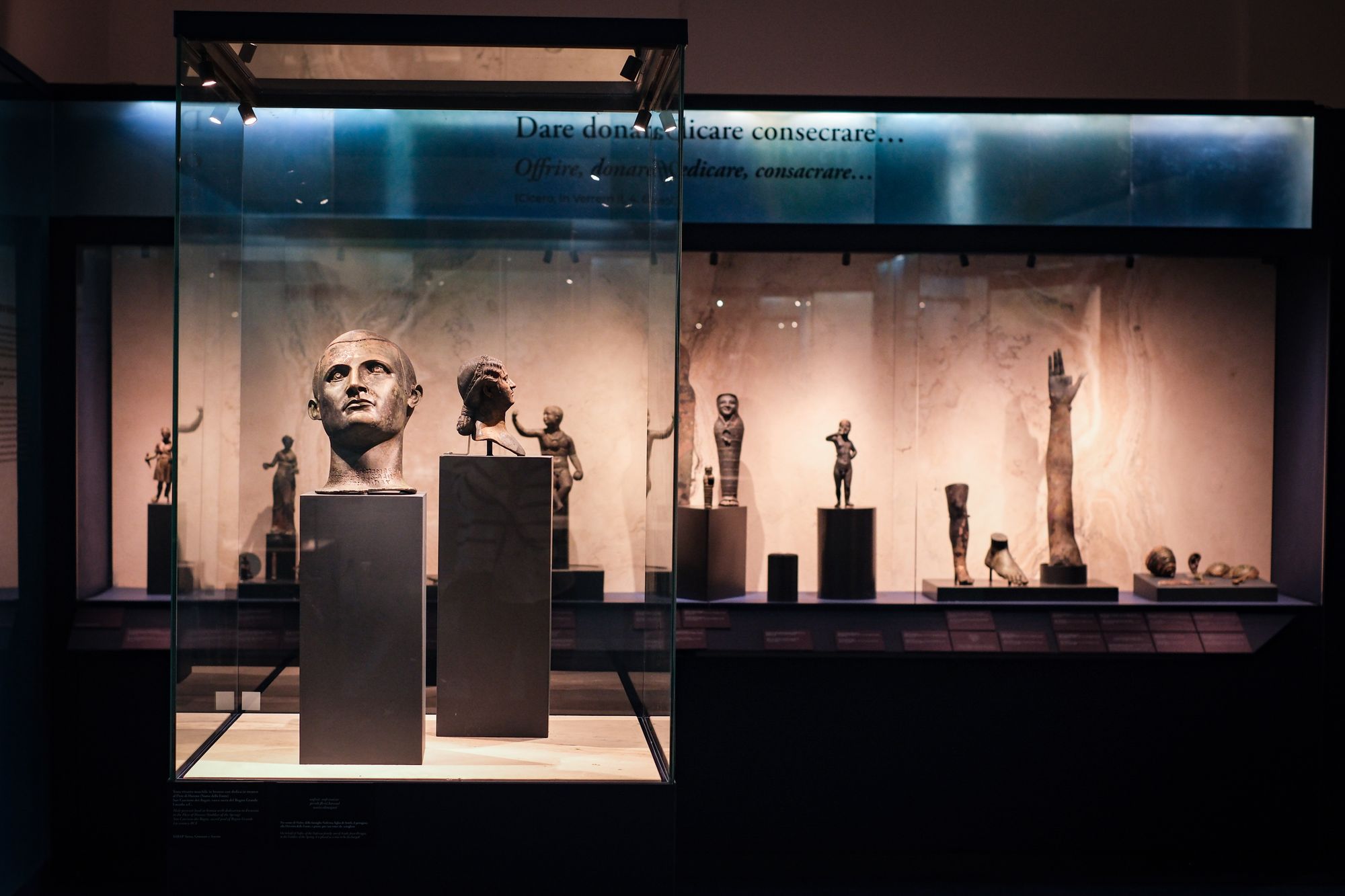
The exhibition, promoted by the Ministry of Culture, was made possible thanks to the collaboration between a plurality of institutions in charge of heritage research, protection and enhancement. Organized by the General Directorate of Museums of the MiC, the exhibition presents to the public the results of the archaeological excavations of Bagno Grande in San Casciano dei Bagni. The excavations are under concession to the Municipality of San Casciano dei Bagni from the General Directorate of Archaeology, Fine Arts and Landscape of the MiC, under the tutelage of the Superintendence of Archaeology, Fine Arts and Landscape for the Provinces of Siena, Grosseto and Arezzo. Scientific coordination is by the University for Foreigners of Siena. Restorations were carried out with the support of the Central Institute for Restoration.
The exhibition, curated by Massimo Osanna and Jacopo Tabolli, was first presented at the Quirinal Palace between June and December 2023, thanks to the initiative of the Presidency of the Republic. The new exhibit at the National Archaeological Museum in Naples, enriched by new finds from last summer's excavation, was designed by Guglielmo Malizia and Chiara Bonanni.

Prominent among the artifacts never on public display is a bronze statue depicting a female figure with her hands open for prayer. The woman wears a chiton and cloak; her face is framed by finely combed hair, and long, elegant coiled braids fall across her chest. The sculpture harks back to figures with transverse mantles that have been widespread since the early Hellenistic period, and can be dated to the mid-2nd century BCE. The artifact was found in the collection of offerings inside the sacred pool, in a group of statues hugging a large oak trunk. The sculpture of prayerful devotee was laid upside down, as if to direct her prayer toward the heart of the hot spring.
The second unpublished find is the base of a travertine donarium, which exceptionally has a 'bilingual' inscription. The right half is written in Etruscan, with a right-to-left reading, while the left half is in Latin, with a left-to-right reading: [f]lere havens - [fon]s caldus which can be translated (I am the) Nume of the Fountain - (I am the) Hot Fountain. The speaker is the deity himself, whom we must imagine represented above the base of the donary. This is an outstanding document of the public use of Etruscan still in the early Augustan age. The deity, who is speaking in the two languages, well represents the existence of different audiences among the communities welcomed by the sanctuary: the common need was to be understood by all. From the 2023 excavation campaign at the Bagno Grande sanctuary come several new bronzes that can be traced back to the religious and ritual practices of this spa resort. Prominent among them, although small in size, is a find that can be placed in the group of anatomical votive offerings. It is probably a kidney "in miniature version." Finally, carved in a precious fragment of perfectly transparent rock crystal, with rare and imperceptible impurities, is a pendant in the shape of a small fish. Rock crystal was believed in antiquity to be the bearer of numerous beneficial and medical properties, in addition to being used as a burn lens to heal wounds; moreover, being interpreted as petrified ice, it was reputed to be useful in preserving the sleep of the deceased and delaying the disintegration of their bodies. The find dates to the first decades of the first century B.C. and was found near the cold water spring outside the temple, inside a hearth, in association with an iron knife blade.
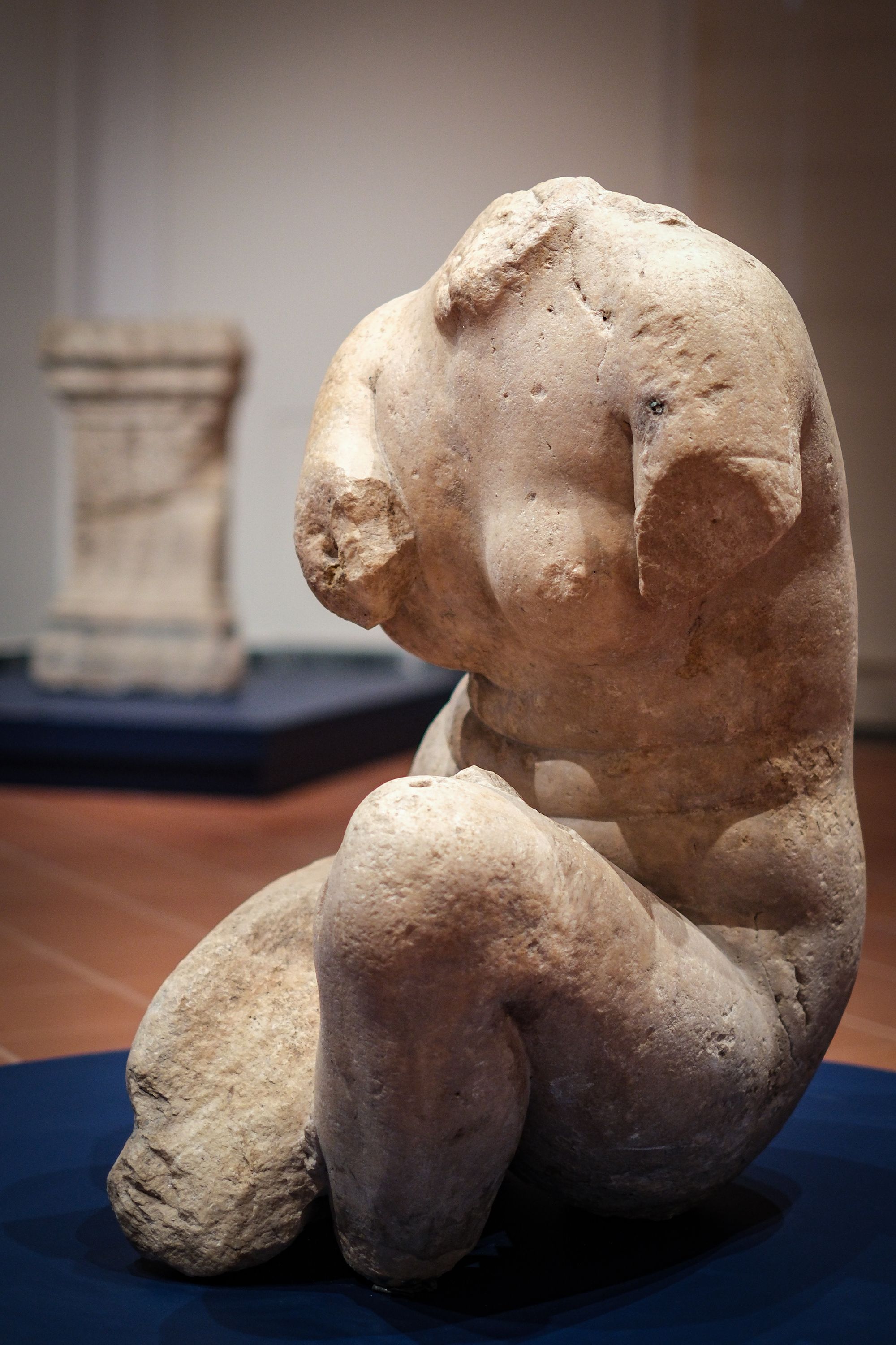
Among the works on display at the National Archaeological Museum in Naples are the splendid marble statue of Aphrodite of the Doidalsas type, a Roman copy of the Trajan era (2nd century AD) from a Hellenistic original, found in the 16th century near the spring of the Doccia della Testa; from the sacred pool of the Bagno Grande, comes instead the bronze statue ofApollo in the act of shooting an arrow, dating back to 100 BC. Alongside the statues of deities, there are depictions of offerers, such as the togatus figure dated to the 1st century BCE, which bears many similarities to the famous Arringatore preserved in the National Archaeological Museum in Florence; also, not to be missed is the male statue of a sick young man, depicted nude and in a praying position: on his left leg he bears a Latin inscription recalling how L. Marcio Grabillo offered Fons a donario consisting not only of this statue but also of six other bronze simulacra(signa) and six lower limbs. Also testifying to the dedicators are anatomical votives reproducing parts of the human body (including a bronze ear with a dedication to Fortuna primigenia, a deity who protected the spring from the earliest stage), and Roman coins offered in the imperial age. The bronze lightning bolt, laid together with a flint arrow within a layer of tiles and roof tiles, evokes the fulgur conditum: the rite of buried lightning, according to which everything within a temple or shrine that was struck by lightning had to be buried, as well as the lightning itself. This layer of bricks sealed the ancient Etruscan pool, paving the way for the monumentalization of the sanctuary in Roman times, during the reign of Emperor Tiberius (1st century AD).
[c.s.]




